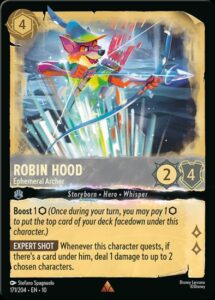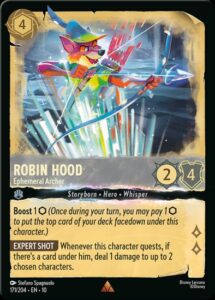Inspiration, like a mischievous sprite, tends to visit at the most unsuspecting moments, often granting its gift during a mundane routine. For Phil Imbriano, a senior designer at Topps, the mystical moment of creation descended upon him amidst the mechanical hum of a New York City subway. His daily ride, typically a journey filled with jostling commuters and the fleeting scenes of urban life, became the setting for an unexpected artistic revelation.
On one such day, Imbriano’s eyes were captivated by a particularly striking badge in the corner of the subway car. The red-and-silver emblem boasted a sleek combination of lines and curves that seemed to hum with potential. With the perceptive sensitivity of an artist, Imbriano knew he had to capture it. A quick snapshot later, the raw seeds of the 2025 Topps Series 1 baseball cards were planted, waiting to be nurtured into something magnificent.
Arriving at Topps, that single image began to weave its influence. Imbriano found himself sketching, his mind abuzz with ideas as vibrant as the city that inspired them. These initial doodles evolved into what would become the foundational design for the upcoming Topps release—a process akin to crafting an intricate tapestry where each thread intertwines to form the final pattern.
“I love drawing inspiration from everyday things,” Imbriano disclosed, revealing the secret to his creativity. “A building, a sign—just something that catches my eye can stir the imagination. You capture those moments, and they might just lead you down a path to something unexpectedly extraordinary.”
The 2025 card design features two bold lines that meander up the left side and trace across the top, a nod to the iconic 1982 Topps designs. Through fortuitous happenstance, Imbriano’s modern masterpiece bears a resemblance to this vintage look, its lines now color-matched to each MLB team, marrying tradition with modern flair.
The design journey was not a solitary endeavor but rather a communal and competitive process within Topps itself. Designers across the board submitted their concepts, each as varied and lively as the baseball season. After rigorous rounds of review and critique, Imbriano’s design triumphed over 20 others. However, no artistic effort is wasted—elements from non-selected designs often find new life in future sets, a testament to Topps’ commitment to innovation and respect for artistic vision.
From subway seedling to Topps titan, Imbriano’s creation underwent around ten evolutions, each iteration refining and perfecting, until finally, the vision became reality. “There’s so much that goes into this process,” Imbriano shared, hinting at the complexity behind what collectors ultimately hold in their hands—a tangible piece of a lengthy creative odyssey.
The transition from digital prototype to physical card is a journey in itself, requiring the skilled hands and keen eyes of Topps’ production team. Clay Luraschi, the senior vice president of product, describes the process of bringing the cards to tangible life.
“When we’re down to the final five designs, we actually print them out and perform a mock pack opening,” Luraschi divulged. This tactile simulation is essential in determining the set that will capture the essence of the sport and the card-collecting experience.
Beyond the base design, the 2025 Series 1 is a cornucopia of beloved subsets and collectible features. Future Stars predict stardom for the game’s up-and-coming icons, while the All-Topps Team boasts the cream of the current baseball crop. Training Grounds revisits unique Spring Training highlights, and Call to the Hall shines a spotlight on the year’s Hall of Fame inductees.
New introductions like the City Connect Swatch Collection Autographs and the Heavy Lumber Autographs bring flair to the series, while fan-favorite Signature Tunes whimsically pairs players with the artists behind their walk-up songs. First Pitch continues to capture celebrities taking their initial steps onto the diamond, immortalizing cultural intersections on cardstock.
Dodgers fans receive a special treat with base-card variations highlighting moments of pure joy, and Freddie Freeman’s infamous “Freddie Dance” makes a delightful debut. Meanwhile, a tribute to the 1990 Topps design recognizes its 35th anniversary with a flashy, colorful nod—a harmony of history and high notes echoing through paper fields.
At the core of it all lies Imbriano’s striking base design, a piece of art that approaches the elegance of a movie poster—a small masterpiece readily held in the pockets of collectors worldwide. Imbriano’s design philosophy is steeped in ensuring each card stands not simply as a memory of a game, but as a piece of artistic culture.
Phil Luraschi concurs with this sentiment, recognizing that fifty years from now, collectors should see a card and instantly travel back to the year it was born. “This one absolutely nails that idea,” Luraschi affirms. It is an accomplishment that began not in a studio, but rather thanks to a fleeting glance on an ordinary subway ride—an unassuming start to one of the most anticipated card designs in recent years.





